The most Instagrammable spots around North West Western Australia
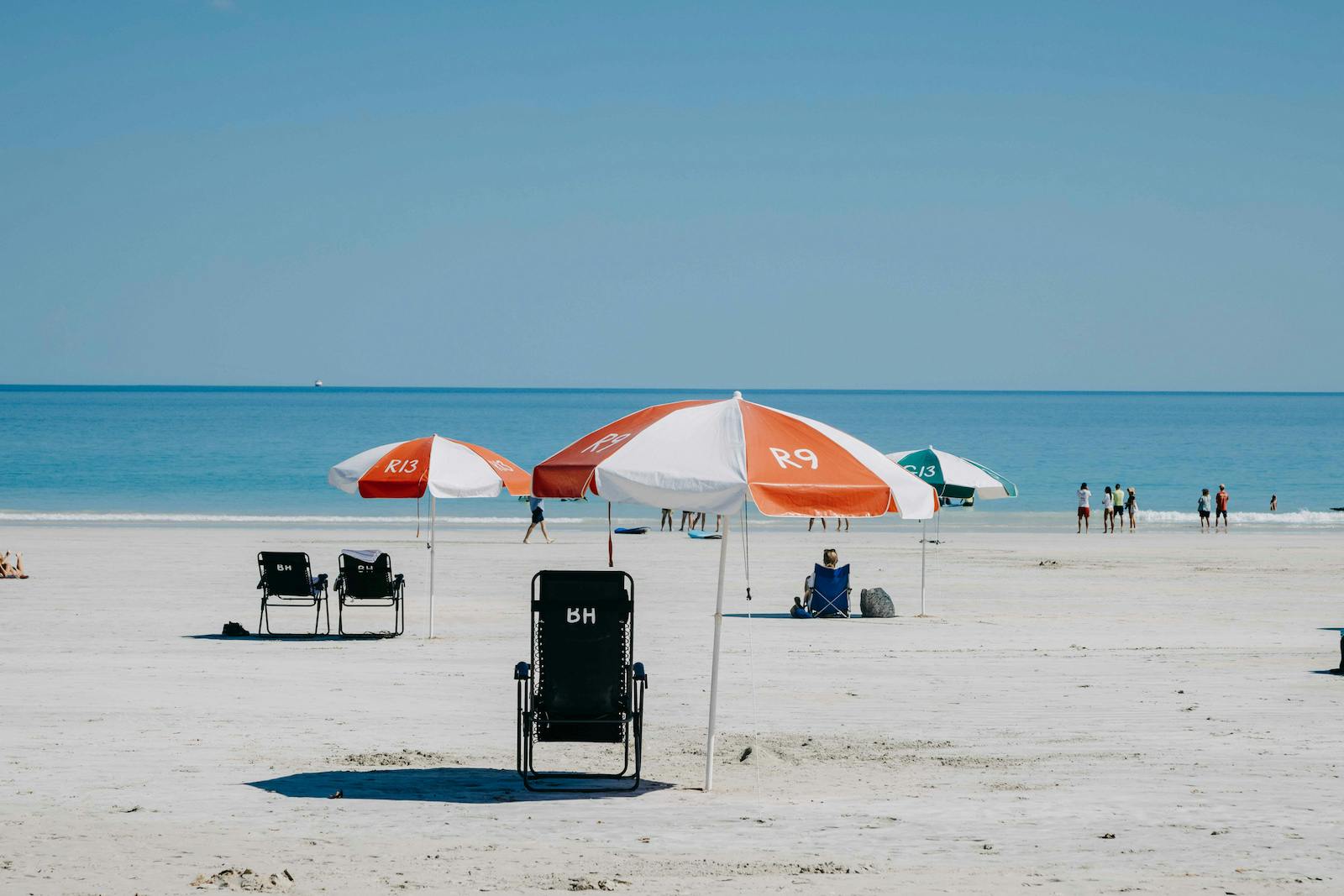
From the opal shoreline to the weathered outback, there’s no doubt that the rugged coastline of Australia’s North West is home to some of the most spectacular destinations in the world.
It’s an area where freedom and adventure have no bounds, characterised by two and a half billion-year old gorges, horizontal waterfalls, ancient ranges and some of the country’s best dive sites. In layman’s terms, there’s certainly no shortage of picture-perfect photo opportunities.
We’ve done our homework – so you don’t have to – and rounded up a collection of the most Instagrammable places in Australia’s North West:
Lake Argyle, Kununarra
Boasting the title of WA’s largest – and the country’s second biggest – freshwater man-made reservoir, Lake Argyle is located approximately 75 kilometres from Kununurra in the Kimberley region. And the infinity pool overlooking tumbling ranges and crocodile infested waters at Lake Argyle Caravan Park is just about the best seat in the house! It’s where you’ll want to be sitting as rises and sets, reflecting fiery auburn tones on the red rock expanse.
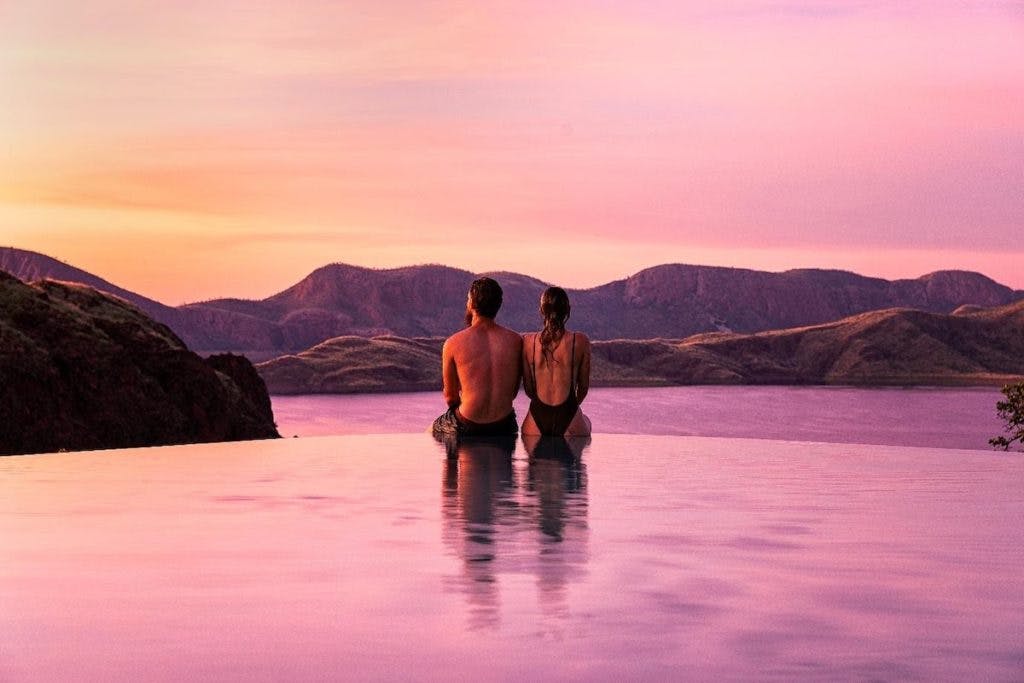
Cable Beach, Broome
It doesn’t get more textbook Australian than a sunset spent at Broome’s internationally famed Cable Beach. The 22 kilometre stretch of pristine white sand, lined with an endless expanse of turquoise water is a bucket list destination for traveller’s far and wide. And the auburn and fairy floss tones of sunset, coupled with the reflections of tourist-carting camels are a photographer’s dream. And if you want to go deeper into Broome, check out this article.
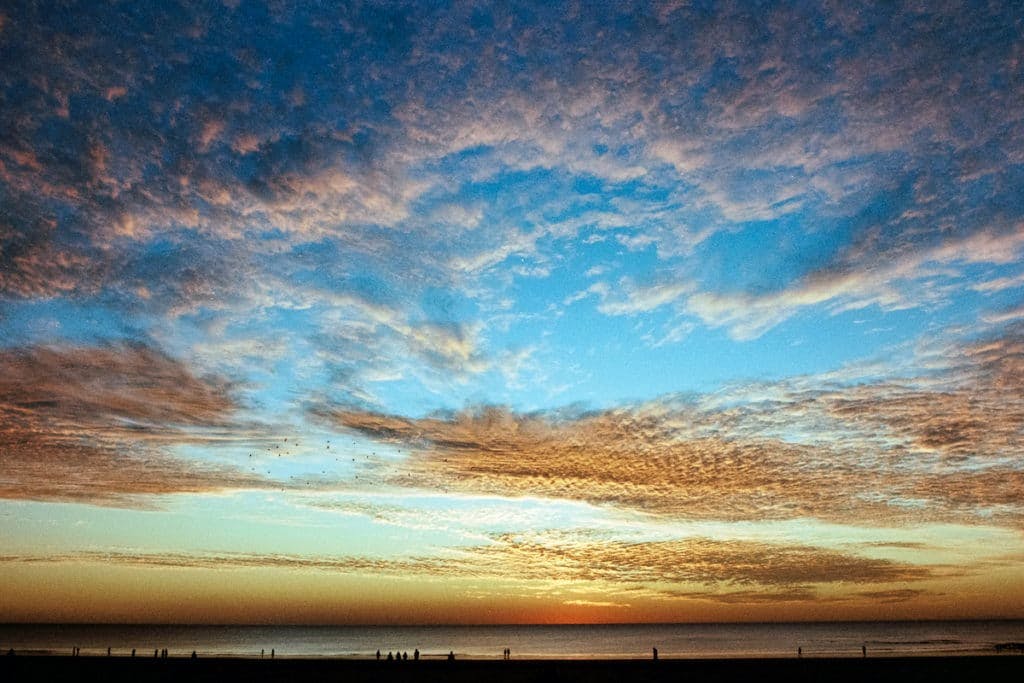
Horizontal Falls, Kimberley region
Once aptly described by Sir David Attenborough as “one of the greatest natural wonders of the world”, the Kimberley is home to the world’s only horizontal waterfall. Formed by some of the largest tidal movements in the world, the natural phenomenon is buried within the jagged landscape of the Buccaneer Archipelago and wedged through two narrow gorges of McLarty Range in the sapphire waters of Talbot Bay. Punters keen to explore can travel in style and opt for a scenic flight or get up close and personal with a boat ride from Broome or Derby.
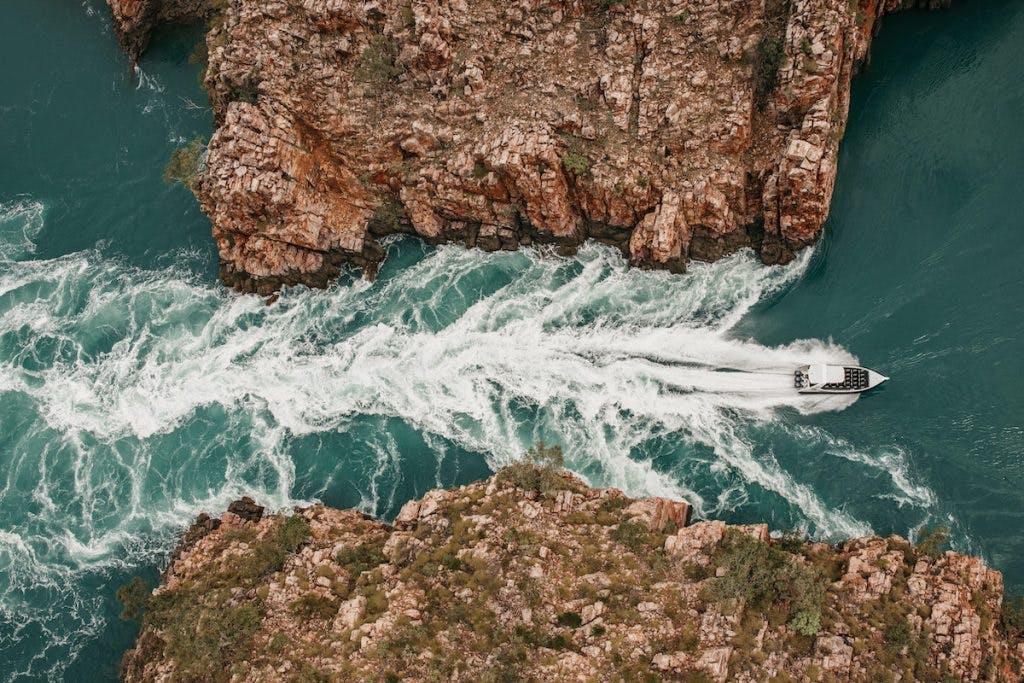
Karijini National Park, Karijini
Spanning over 1.5 million acres, Karijini is WA’s second largest national park. Located in the Pilbara region, 15 hours by car from Perth, the natural spectacle is known and adored for its red landscape of 2.5 billion year old rock formations carved by erosion. Think mind blowing ancient gorges of layered rock and crystal-clear waters. And we’re just about certain that you’ll fall in love with the freshwater falls and secluded swimming holes adorned with lush green ferns.
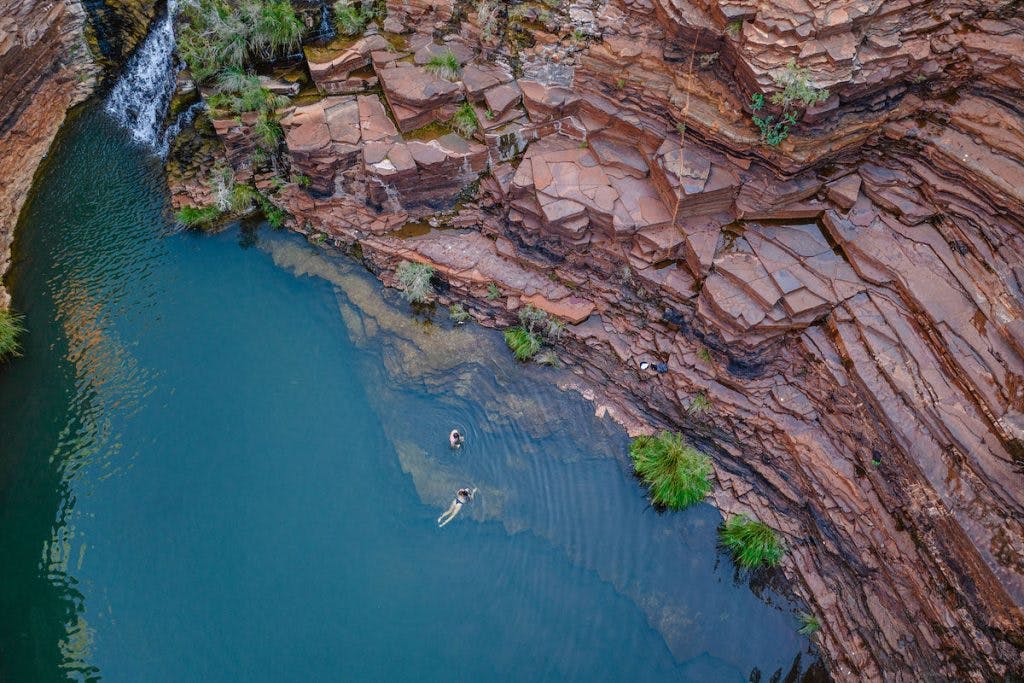
The Bungle Bungle Range, Purnululu National Park
Perched 300 kilometres south of Kununurra, in the remote Purnululu National Park, the Bungle Bungles are touted as one of the oldest treasures of WA’s Kimberley region. The range was created by sandstone deposited about 360 million years ago, while erosion by creek, rivers and weathering over the past 20 million years is responsible for carving out the striking black and orange banded domes, along with spectacular chasms and gorges.
According Aboriginal myth, the chasm was created when an echidna fleeing a tormenting cockatoo pushed against a small crack in a cliff face, which magically enlarged to form a deep opening where
the creature could hide. Due to the isolation of the Bungle Bungles, the geographic spectacle was only known only to Aboriginal people and area cattle ranchers before the 1980s. But the story goes that a muster pilot tipped off a film crew – who was in the region to produce a documentary about the Kimberley – about the unusual feature. The film, Wonders of Western Australia, created so much worldwide interest that the range was established as a national park in 1987 before becoming a UNESCO World Heritage site in 2003.
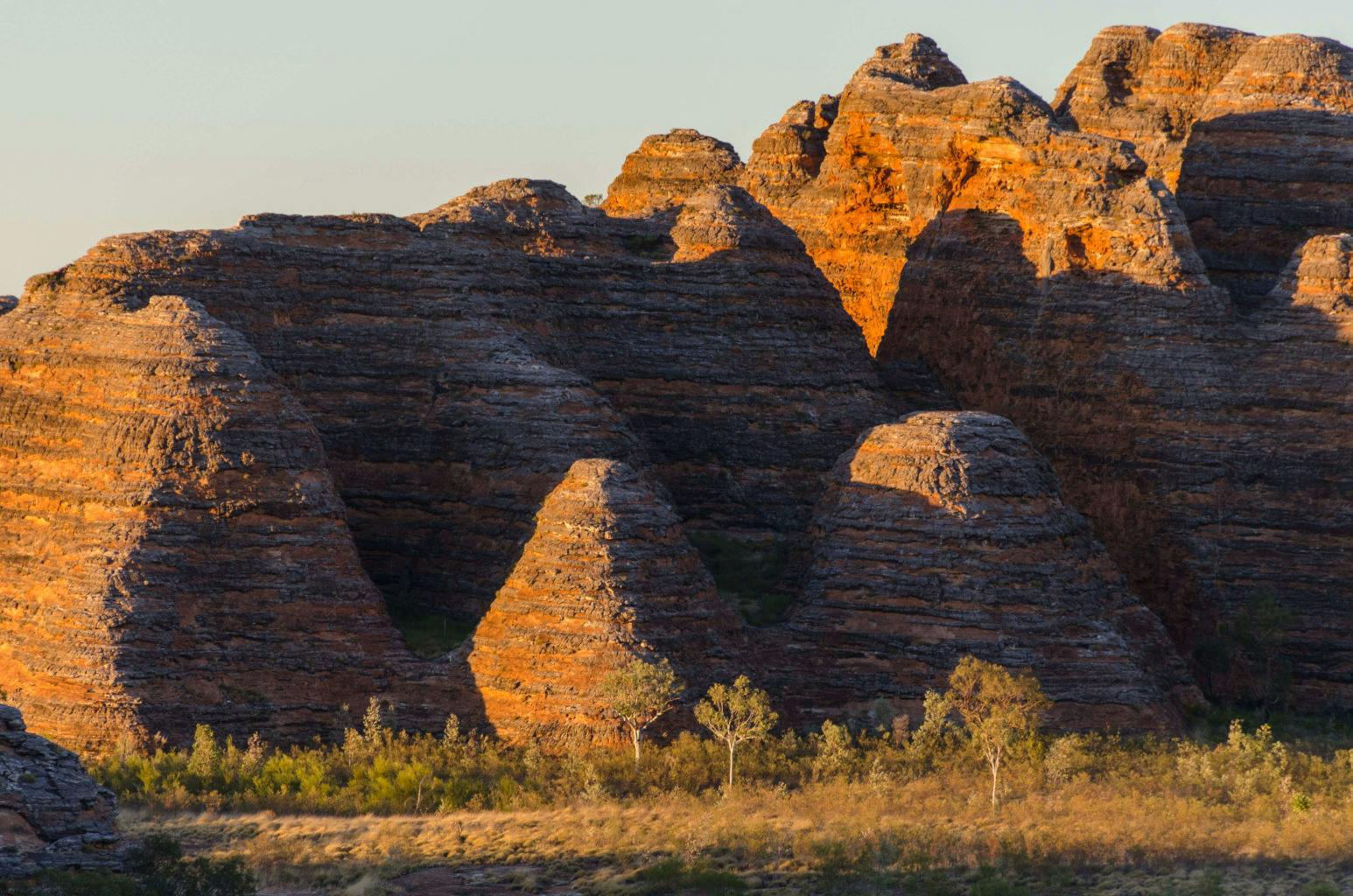
El Questro Station, East Kimberley
Sprawling 700,000 acres of wilderness, East Kimberley’s El Questro embodies a landscape of rugged sandstone ranges, broad tidal flats, thermal springs, deep gorges, rainforest pockets and permanent waterfalls. The station resides on the traditional land of two First Nations groups, the Wanjina Wungurr Wilinggin (south of the Gibb River Road) and Balanggarra (to the north). Whether you explore the area by land or sky, you’ll never be far from an abundance of natural and ancient, flora and fauna. Think
barramundi fishing, horse trekking or exploring remote areas by helicopter, the opportunities are endless.
Subscribe to our free newsletter!
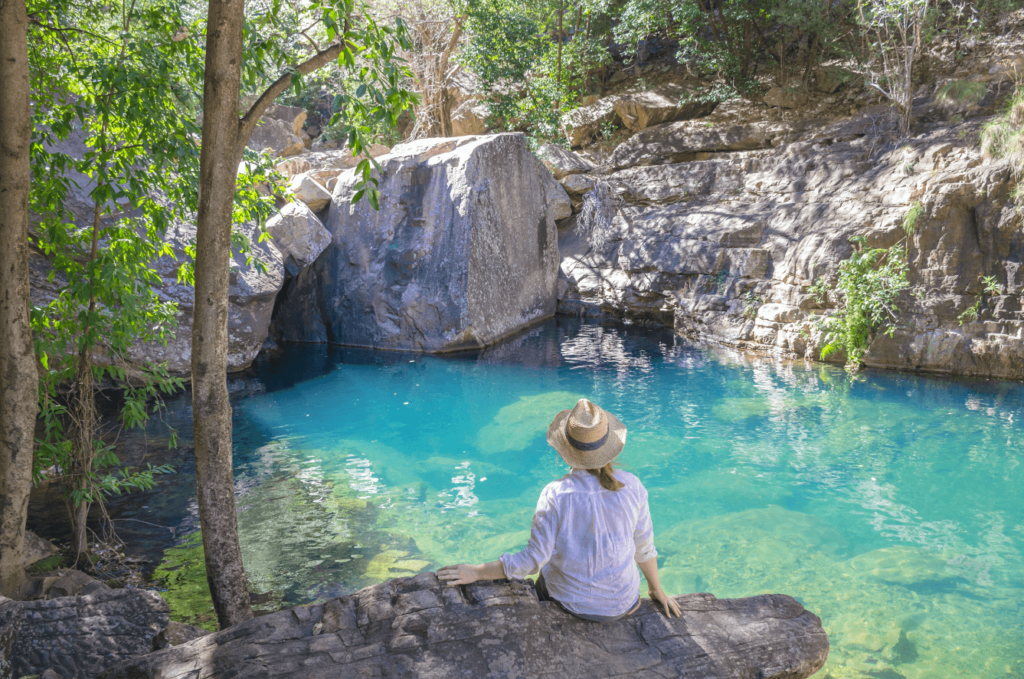
Cape Leveque, Dampier Peninsula
Located 208 kilometres by car from Broome, at the northernmost tip of the Dampier Peninsula, Cape Leveque is without a doubt one of the most spectacular places in Australia’s North West. The destination known as Kooljaman, by the native Bardi Aboriginal people of the area, reflects a stark contrast of lush greenery, vibrant red dirt and milky white sand, coupled with striking rock cliffs and a clear cobalt sea. It’s worth sticking around to watch the colours of the landscape transform with time. Think soft morning
light covering the cliffs in tones of tangerine, becoming harsh and dramatic around midday, and the lengthening shadows and blood-reds of the afternoon.
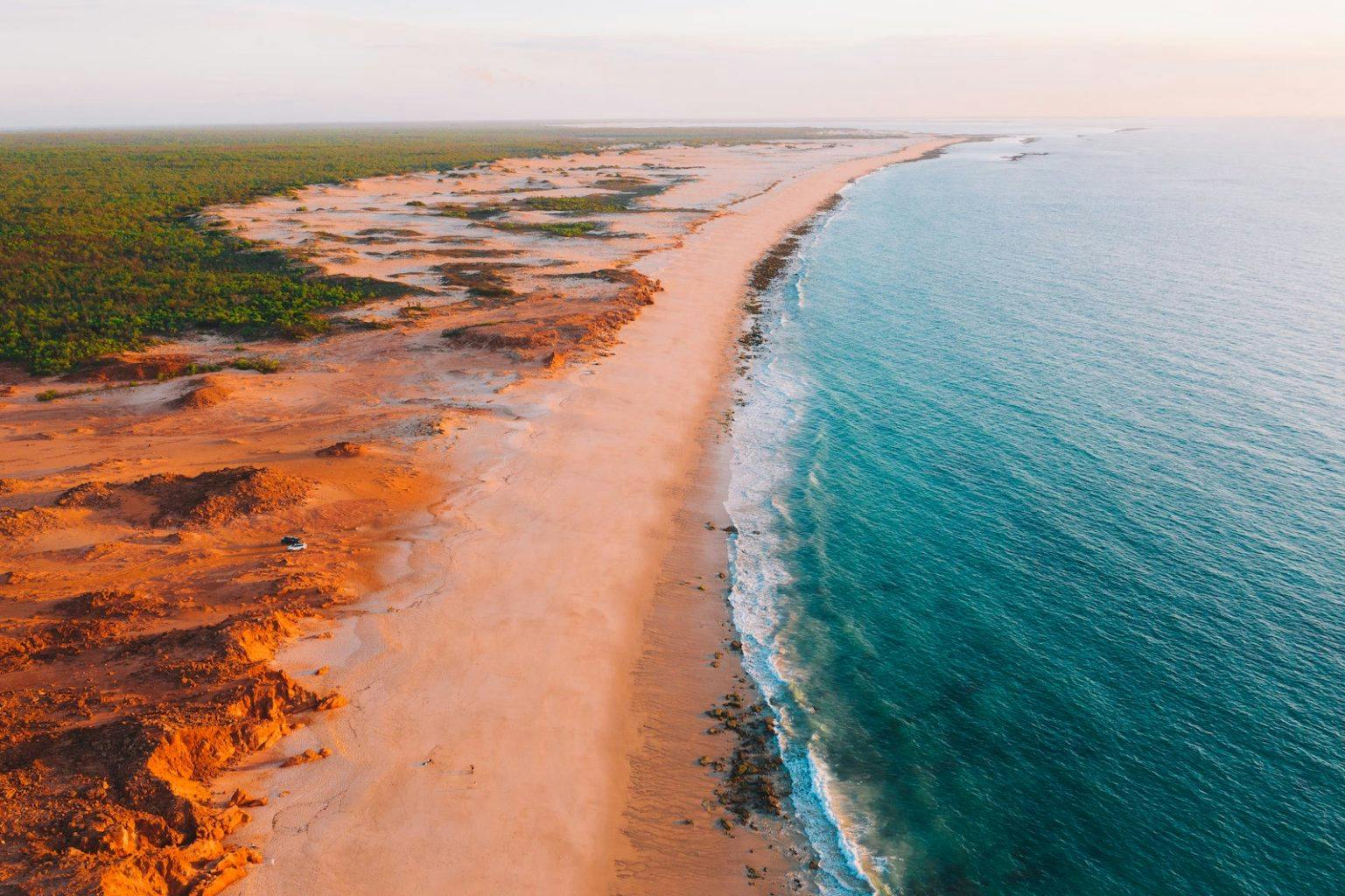
Rowley Shoals Marine Park
If you’re a dive or snorkel enthusiast, you’re in the right place. Home to untouched coral gardens, abundant marine life and divine shallow lagoons, Rowley Shoals Marine Park is a chain of three protected coral atolls (Clarke Reef, Mermaid Reef and Imperieuse Reef) at the edge of Australia’s continental shelf. Located approximately 300 kilometres west of Broome, it’s a tropical paradise, brimming with diverse marine life including turtles, sharks, manta rays and dolphins. The only catch, it’s only accessible by boat – so if you’ll have to jump on a liveaboard cruise from Broome.
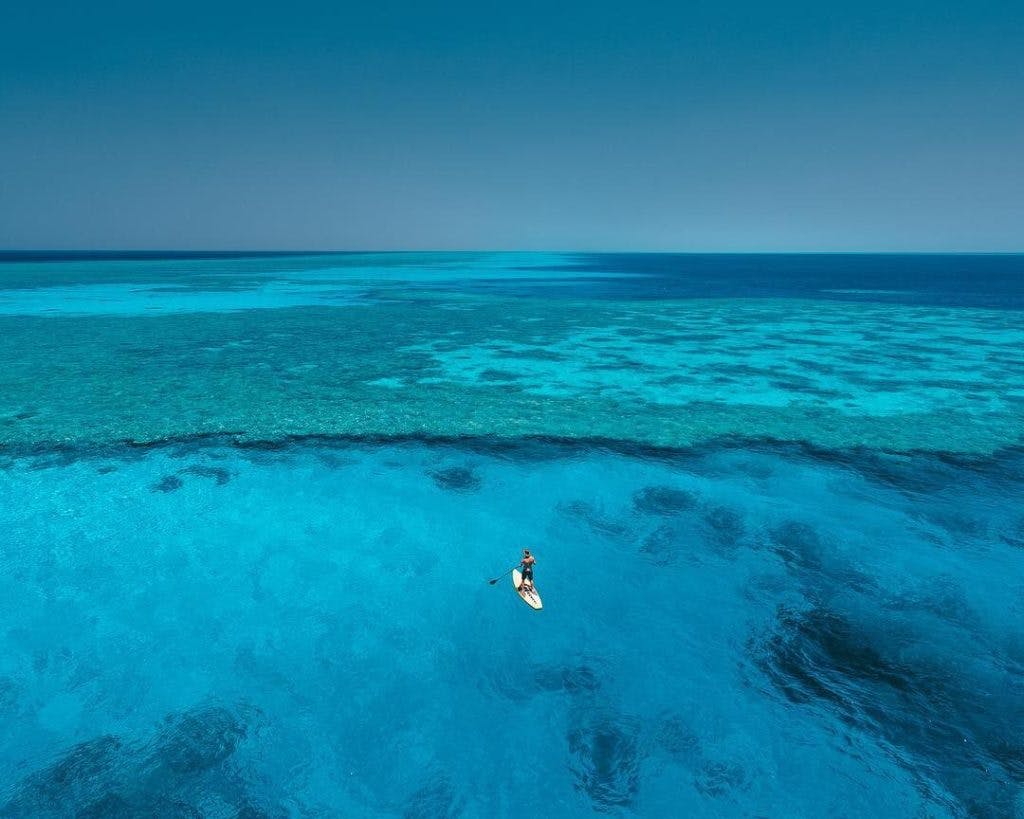
Gibb River Road, Kimberley region
For an outback adventure through the Kimberley’s vast wilderness, ancient country and cattle stations the size of small countries, there isn’t much more quintessentially West Australian than a trip down the Gibb River Road. The 660-kilometre (predominantly unsealed) 4WD trail was originally constructed in the 1960s to transport cattle from faraway stations to the Derby and Wyndham ports. It’s now a bucket list item for many Australians, and for good reason. Just watch out for the crocs!
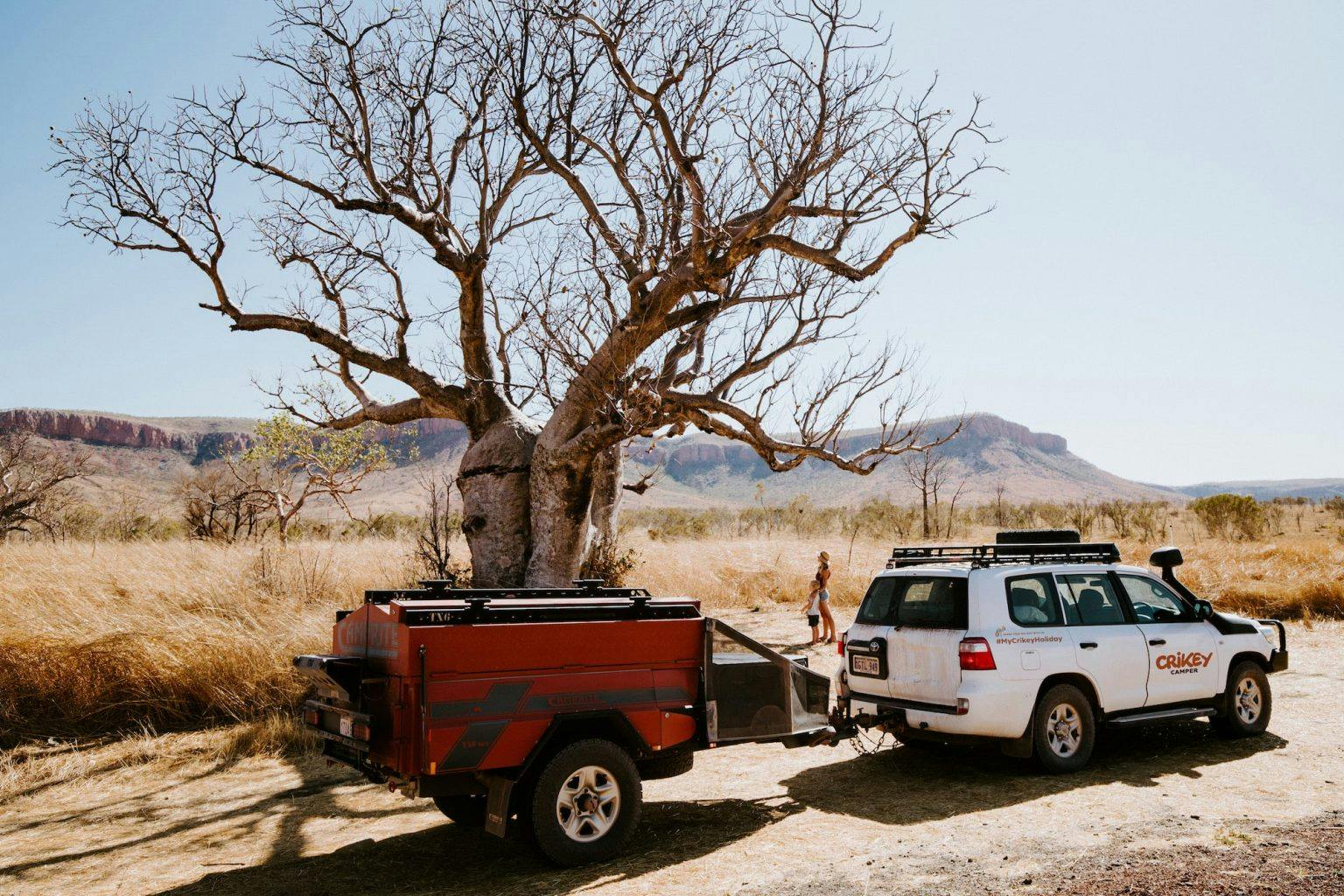
Roebuck Bay, Broome
From pristine and uncrowded beaches and vibrant red dirt tracks to sapphire seas and tropical air, Broome – known as Rubibi by the traditional owners, the Yawuru people – is a destination with much to offer travellers. Roebuck Bay is considered one of the resort town’s most magnificent natural attractions, comprised with a blend of vibrant sand a mix of auburn and red, turquoise waters and a coastline dotted with emerald shrubs. Its English name derives from the vessel of explorer William Dampier, termed
by the crew of the HMS Beagle, who visited the location in 1840. While the Aboriginal name is Yawuru Nagulagun, meaning Yawuru sea country.
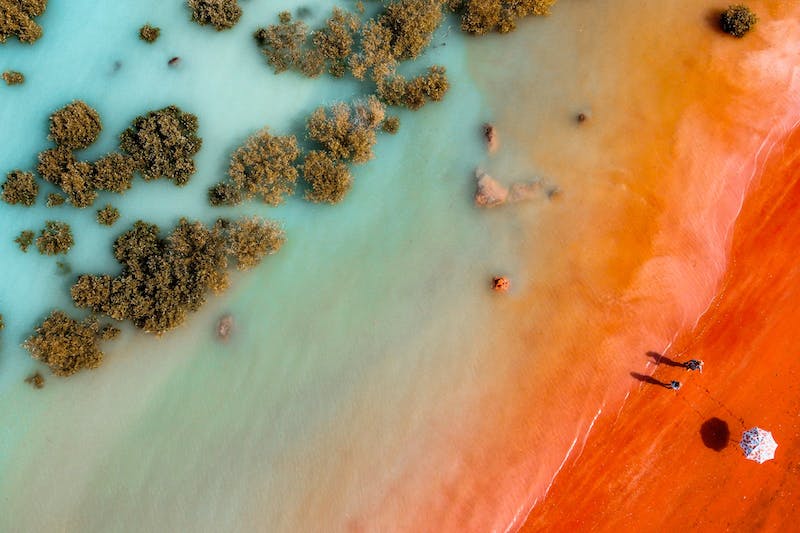
Conquered the north? Why not check out our most Instagrammable locations in the Great Southern!